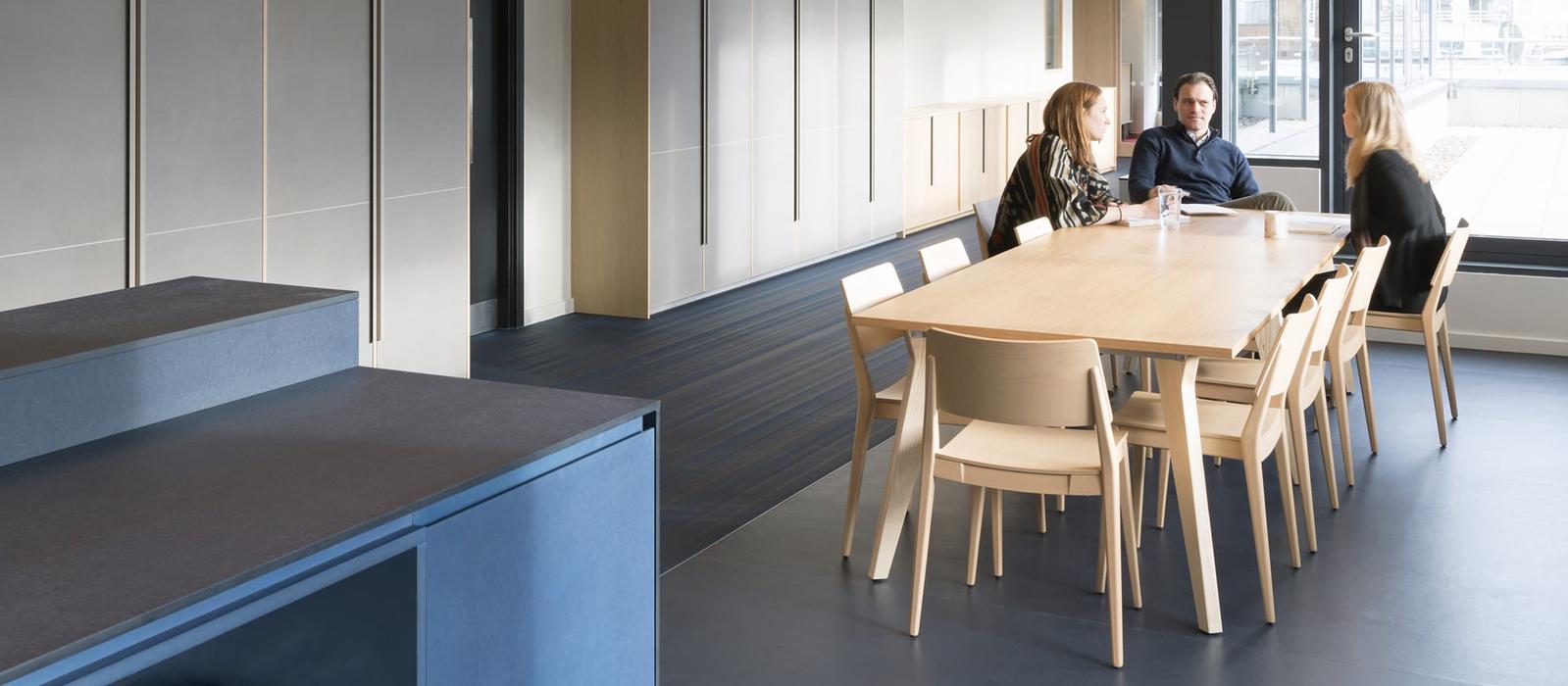23rd September 2021
The hybrid office

Since the pandemic stated you've heard more about hybrid working than ever before. The approach that’s defining the future of work or the ‘new way of working’ for many businesses. The fact remains, there is not a ‘one-size-fits-all’ answer that will work for every company, but what we do know is that it takes more than just a thumbs up from a CEO to move into a new hybrid model. We have handpicked picked the top key areas to be considered:
Company culture
Companies spend years developing and nurturing their ‘culture’. They build their offices to facilitate this, incorporating company branding and events to reflect the business and their ethos. The hybrid way of working could put the culture at risk if not implemented correctly. In order to protect the business’ culture, they need to ensure they are extending the culture from the office to their remote working employees effectively. We have relied on one central hub to maintain the culture and it will take effort, the correct technology and creativity to virtually transfer their culture and bring together the remote workers and office workers. Its also important to continue holding events that include the whole teams physical presence and plan in advance for this.
Trust management style
Managers may have to revisit how they manage their staff, some may even require some extra training if the hybrid way of working is new to them. Managers will have to place trust in their staff to do their jobs to the best of their ability and be wary of becoming micro managers. Managers should empower their staff to manage their own days, to let them know if they require any extra tools or software to be efficient and effective, to manage their own workload and to alert them if the workload is too large or if they have any issues at all.
Putting trust in your staff is vital to ensure the hybrid working will be effective and not a burden on the business.
Business communication
Businesses need to re-evaluate their communication means, so every employee receives the same treatment. Whether that be mix of in person and remote methods, there will likely be some employees in the office and others not. It is vital that the message is delivered to both or this may create a divide with the hybrid workers and remote workers.
Hybrid office space
The office may need some small tweaks to meet the needs of remote staff and to ensure that all staff in the office can effectively collaborate. Ideas include: extra private booths for virtual calls, larger screens in the meeting rooms for both internal and external virtual meetings, larger collaborative spaces for group meetings and that support individual staff requirements and most importantly very good connectivity and technology.
Staff wellbeing
All employee’s wellbeing is vital. It can be very tricky spotting any issues via remote meetings compared to in person meetings. Keeping in touch with all staff, partnering with wellbeing charities and sending all your staff their details is a way of ensuring your staff have options to reach out to either their managers or to reach out to professionals who can help them.
Some staff maybe suffering anxiety following the “Covid-19” pandemic and could be reluctant to travel to the office, or be in the office for long periods of time. It is vital that they get the opportunity to express their concerns and to still be included in all company team meetings.
All your staff are individuals and will all have their own unique requirements.